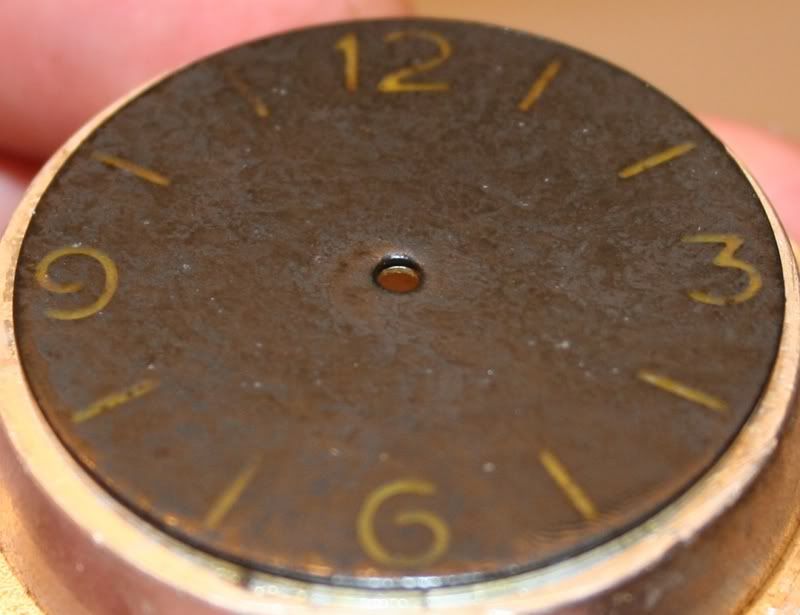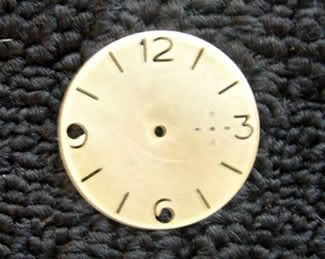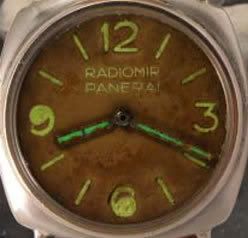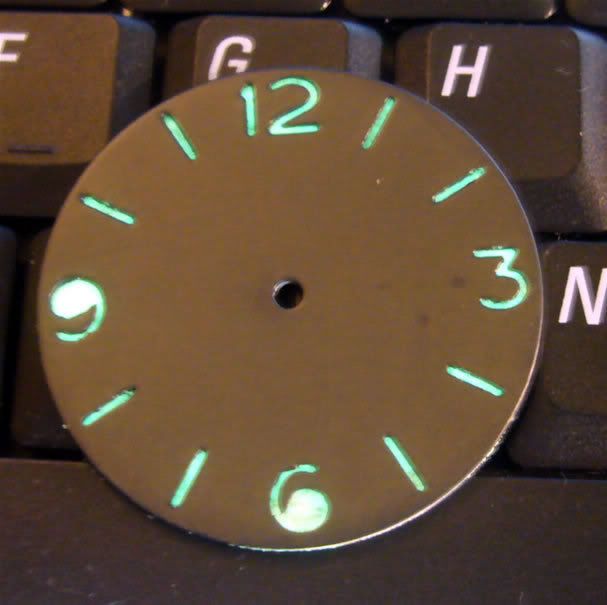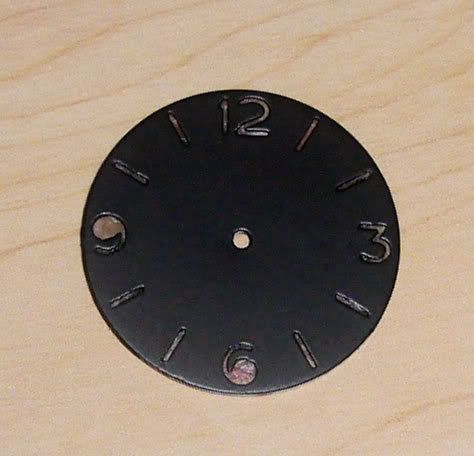-
Tired of adverts on RWI? - Subscribe by clicking HERE and PMing Trailboss for instructions and they will magically go away!
You are using an out of date browser. It may not display this or other websites correctly.
You should upgrade or use an alternative browser.
You should upgrade or use an alternative browser.
vintage PAM dial
- Thread starter hoffman
- Start date
bigbadbrad
I'm Pretty Popular
- 18/3/06
- 1,647
- 1
- 0
-
Extreme - Bottom of the Med ... run over by PzKw III's in the Libyan desert ... left in a brothel in Paris. Whatever: it's been hard wearing from the looks!
Extreme - Bottom of the Med ... run over by PzKw III's in the Libyan desert ... left in a brothel in Paris. Whatever: it's been hard wearing from the looks!
Perspex Tropic
Getting To Know The Place
- 4/10/06
- 80
- 0
- 0
Looks More Kampfschwimmer then Regia Marina style to me :wink:
So Bierfesten, Bierfesten, Bradwurst, Bierfesten, Saurkraut, Zweingebrat, Salswasser......Destressed Kriegsmarine Kampschwimmer Dial!
I like how you Glazed over The Dial, Is it Bradwurst Gravy?
Here is the Gen Dial (Without Gravy, Must have been A Vegeterian Non Alcoholic Kampfschwimmer)

Your Dial is A nice Job!
But I don't understand why the Cutout-Numerals/Symbols are so close to the rim?
There is A Prototype Radiromir 'Flush' Bakalite Dialed from 1938, Check out the Different Styled Numerals.

So Bierfesten, Bierfesten, Bradwurst, Bierfesten, Saurkraut, Zweingebrat, Salswasser......Destressed Kriegsmarine Kampschwimmer Dial!
I like how you Glazed over The Dial, Is it Bradwurst Gravy?
Here is the Gen Dial (Without Gravy, Must have been A Vegeterian Non Alcoholic Kampfschwimmer)

Your Dial is A nice Job!
But I don't understand why the Cutout-Numerals/Symbols are so close to the rim?
There is A Prototype Radiromir 'Flush' Bakalite Dialed from 1938, Check out the Different Styled Numerals.

Perspex Tropic
Getting To Know The Place
- 4/10/06
- 80
- 0
- 0
enzo said:some of the earlier dials had index variations, look above at the 'DOMINIO' dial of the late 30's - that is from the FERRITTI collection, the Indexes 9 & 6 are joined and so make a inner, free circle. Something like this could fall out, as it appears it did in the more crusty image posted just above ... this design probably did not last due to the effect. As all of these dials used the plastic filled index concept, I think the flaw was in making the indexes into cutouts ... just not as strong as design concept.
---
To further theorise. For some time I have had the inclination that all the BROWN dials are due to the material they are made from. IE. say Bakelite.
Theory). Black dials were brass and painted or stained.
Theory). Brown dials were cast in that colour so common of Bakelite, "industrial brown crap colour". This would also support why and how these dials seems to fade so much more than the the black ones. It was more a result of Bakelite not ageing well, being subjected to light, and age and other factors . . .
Either that or they were made out of coconuts! ...(I am not being all that silly) components in these pre and postwar times included. Coconut husk, bakelite, and gutta-percha, as well as celluloid, [which I can't see being used at all here!] None of these products are common in our post-Plastic-hydrocarbon lives now, but were commonplace back then.
Gutta-percha might actually be the best choice. Used originally in the 19th century to cover undersea cables, it actually cures in saltwater emerssion.
To theorise with You, The Ferretti Domino Dial In Bakalite Looks Shiny Black to Me 8)
Maybe Bakalite was not responding well to the Radioactive Lume? (As some Plastic Fillings on the Metal Sandwich, Show)
As The War Progressed Strategic Materials Like Copper, Rubber or Stainless steel became Scarse And reserved to The most demanded Production Items Like Ammo, Tanks, Aircraft Etc.
So many Alternetive materials would be used to save the Strategic or make up for the Lack of them, For Instance the Inovative and Sucsesfull Wooden Mosquito Fighter-Bomber and The Wooden PT Motor Torpedo Boats Develloped Out of this need.
So Dials made from Tabacco leaves, Why Not? :wink:
The Konrad Knirim 3646 With the missing 6 & 9 Comma's Is A beautifull Rep Project!
Can we Conclude That the Special Editions with Tabacco Dials Of Contemprary OFFICINE PANERAI are Half-hearted atempts to Replicate Vintage Aged Dials?
BTW What Are those two Plexi glass tubes on the Ferretti "Domino" Dial? These Are not to Featured on the Brown Dials.
Ciao Ragazzi!

